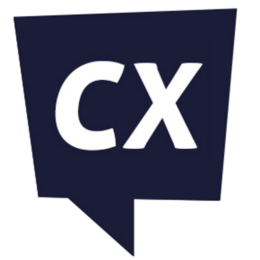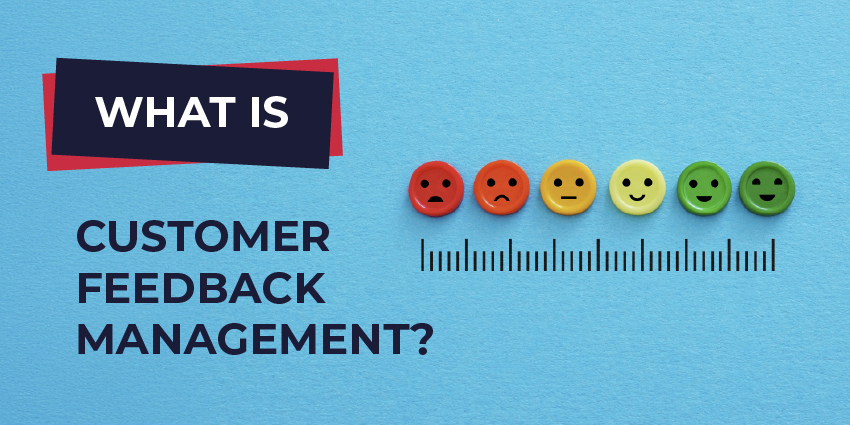Just like a team is only as strong as its weakest link, data is only as useful as it is organised. It may sound silly, but it is true. You can collect all the data you want, but what good is it if you can’t easily access it, or worse, find it?
Call analytics and call recordings are types of data that can be crucial for any company. Many would argue that only contact centres could benefit from call analytics; however, that is not the case. Telephone service providers, law enforcement agencies and any company using a PBX phone system can take advantage of call analytics.
But what exactly is call analytics?
Call analytics is basically a collection of phone call data. There is different software on the market that companies can use to measure and report on certain metrics they deem important. A CDR (Call Detail Record) is data that would be used for these analytics. A CDR has details like the:
- Time of the call
- Duration of the call
- Source of the call
- Destination number
- The complete status of the call
- The amount of money billed for each call
The company can collect this data and use it to monitor, improve or maintain:
- Agent efficiency
- Their reputation
- Customer satisfaction
- Call times
- Quality Assurance
- Record Keeping
Today, companies have access to an excessive amount of data. You can track who visits your website, an individual’s location, and all the details of a phone call (including the unanswered ones). With 5G on the rise, companies will not know what to do with all of this big data, let alone how to organise it.
There are two steps a company should take when storing and organising call analytics and call recordings:
Step 1
Archive your data to the cloud. Some companies mustkeep their information for a certain amount of time. Whether it needs to be kept for operational or regulatory purposes, or they want it for future reference, it needs to be stored safely. A computer hard drive is only so big and storing data to an external drive has risks involved. The best (and safest) solution is to archive the data to cloud storage solutions like Google Drive, Amazon S3 or Dropbox.
Archiving your storage to a cloud solution has many benefits! It makes the search and retrieval of the data easier, increases security, prevents data loss and is cost effective.
Step 2
Organise this data by partitioning it into smaller, manageable pieces. This will make it easier to read and quicker to access. Most analytics software allows you to choose when and how data is retrieved. Companies should be able to include or exclude what they want in their CDR, for example, unanswered phone calls. They also should be able to schedule the frequency (by the minute, hour, day, week) in which they archive their data.
How are you organising and storing YOUR data?

Guest Blog by Patrice Bramat, Business Success Manager at Bicom Systems
Patrice has over 20 years of experience in sales, marketing, and management. Upon recently joining the Bicom Systems team, he came from large corporations like Akzo Nobel, Rexel, and Xerox. As Bicom Systems Business Success Manager, Patrice is tasked with providing partners with resources in sales and marketing to further their business needs.
Bicom Systems is the only unified communications provider with all of the pieces to start and grow a telephony company. They offer seven highly-featured products integrated seamlessly to boost sales, growth, and profit.







